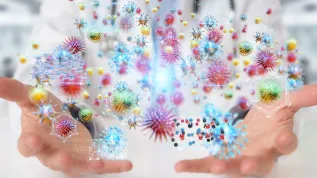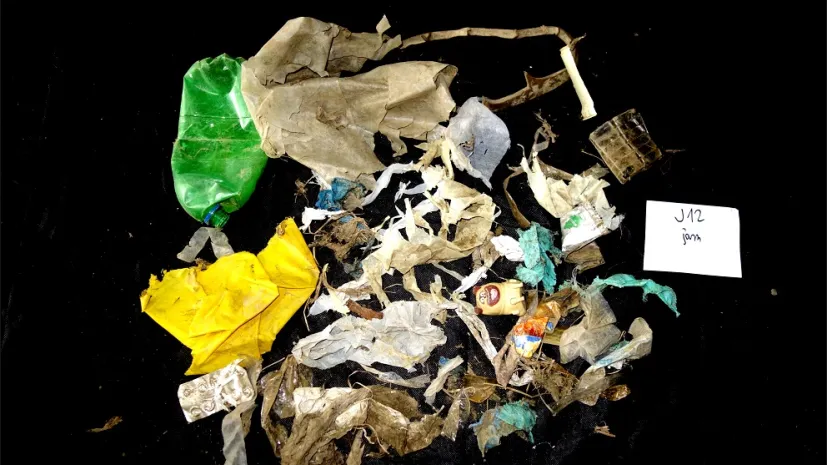
Selfie with garbage: Scientist encourages teens to take pics of macroplastics in rivers
No effort required: just a photo of plastics collected by the river and a photo of the surrounding vegetation. Anyone interested can help scientists create a map of macroplastic pollution of mountain rivers, says the initiator of the campaign, Dr. Maciej Liro from the Institute of Nature Conservation PAS.
-
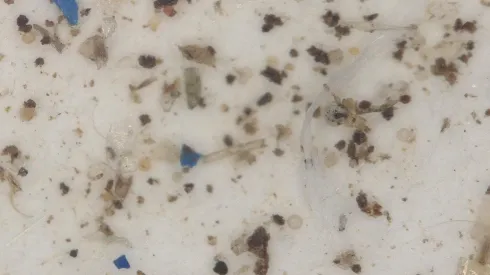
University of Bialystok: Microplastic pollution linked to shoreline urbanization index
The amount of microplastics in 30 Masurian lakes investigated by scientists from the University of Bialystok is closely linked to the degree of shoreline urbanization.
-
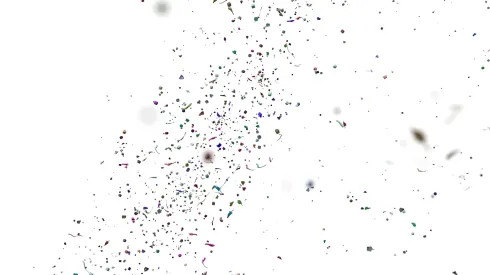
SUM study: Young people know too little enough about microplastics in their diets
Microplastics, i.e. microscopic plastic particles present in the environment, enter our bodies with food and can accumulate in the organs. Young people are aware of the threat, but their knowledge is incomplete and inaccurate, say scientists from the Medical University of Silesia.
-
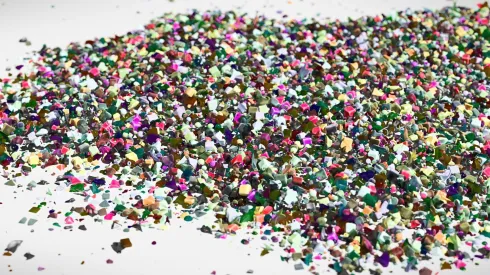
We eat up to five grams of microplastics every week
Although microplastics are ubiquitous in food and we unknowingly eat up to 5 g of them every week, there are still no estimates on a safe dose for the body.
-
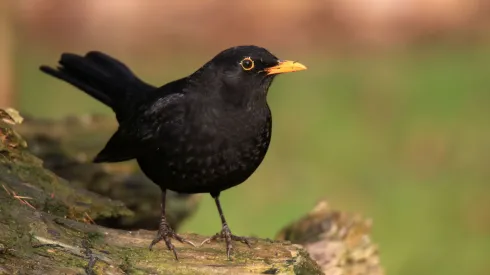
Białystok biologists find microplastics in gastrointestinal tracts of birds
Scientists from Białystok have found traces of microplastics from packaging film and plastic bags in the gastrointestinal tract of blackbirds and song thrushes.
-

Scientists Detect Microplastics In Kraków Air
Microplastics are are present in the Kraków air in winter, say the authors of the first study of this phenomenon in Poland. Scientists have not yet determined the scale of the pollution.

